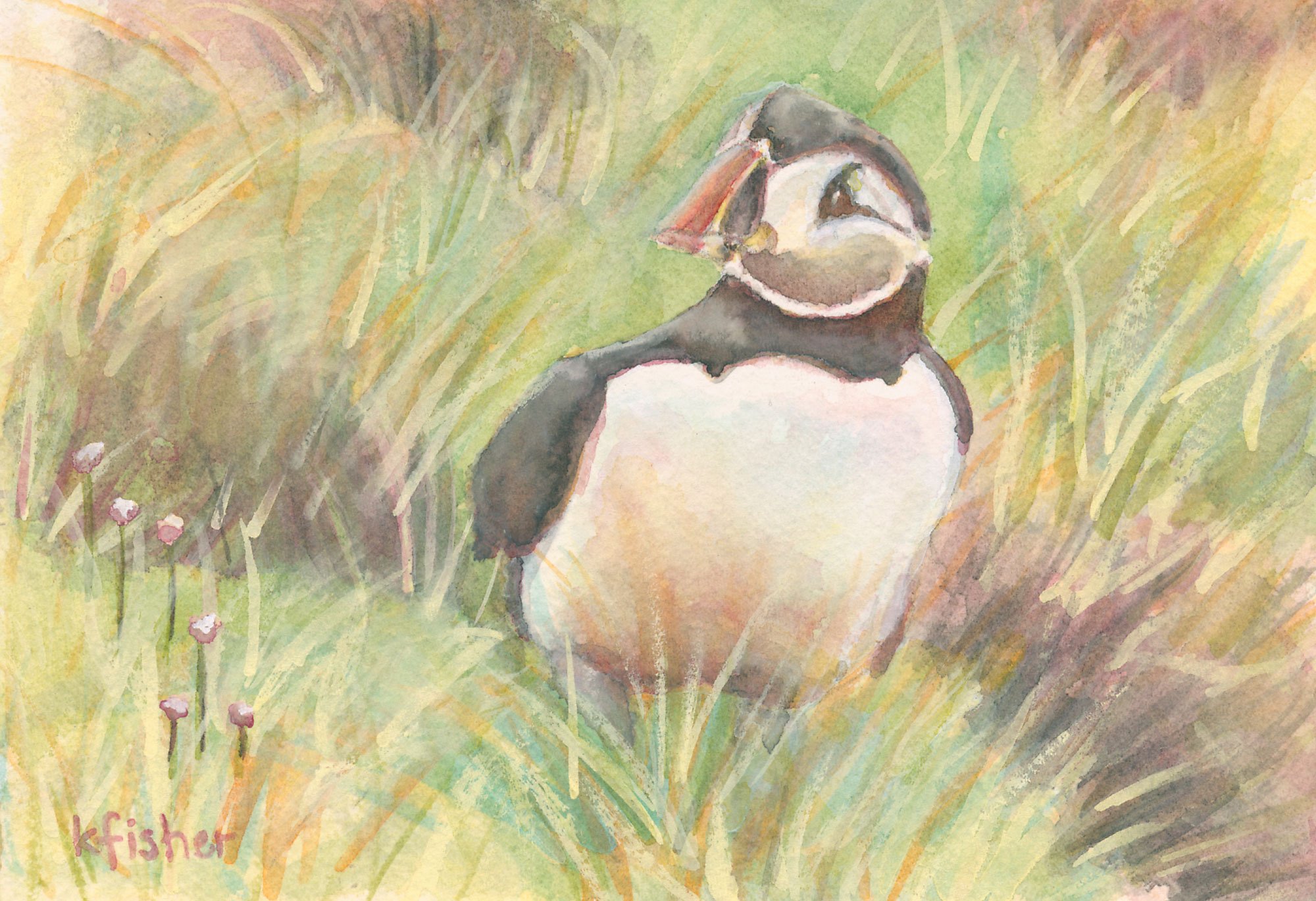
Sustainability
My journey in making sustainable art is evolving and is something I am passionate about developing further. My aim is to minimise use of single use plastic, seek to recycle wherever possible and to use eco-friendly and recycled materials in my art.
Currently, the main ways I endeavour to make more sustainable art are:
I make work of our unique wildlife, and not just the fancy ones, but the underdogs too, such as crows, mice, wasps, to help raise awareness and appreciation of the beautiful creatures all around us. I aim to alert you if the wildlife I am painting or talking about in my journals has an alarming conservation status such as vulnerable, endangered, such as koalas and puffins.
All my greeting cards are printed on 100% recycled board, with 100% recycled envelopes, by a UK eco-friendly printer, who is a waterless, chemical free printer and uses vegetable oil based inks. I sell my cards ‘naked’ (without a transparent protective covering), unless protection is required due to damp weather or stall requirements. In this case, I use compostable greeting card bags. If posted, I use manila board backed envelopes.
The majority of my Giclée fine art prints are printed by a UK printer who is end-to-end carbon neutral. The types of paper I use varies, however, increasingly I select paper made from 100% cotton rag. Eco-friendly bamboo paper is an option I aim to investigate. Fine art prints can be more fragile than greeting cards, so I generally protect these with compostable transparent bags. To prevent bending in transport, I use biodegradable foam board or greyboard made from 100% recycled fibres.
My egg tempera paintings are made by hand mixing pigments, egg yolk and water to make the paint. Where possible I use natural pigments with non-hazardous or low grade toxicity ratings. Brushes and pots are then cleaned with water and vinegar.
My tees and hoodies are printed on clothing that is Oeko-Tex Standard 100 certified which means that all the clothing is free of substances that might harm people or the environment. The printer uses water based, environmentally friendly inks. I select products that are 100% cotton where possible and have at least one organic clothing option available.
At times, the eco-friendly nature of my art is dependent upon the availability of local eco-friendly supplies and suppliers. There is also a tension between eco-friendly, affordability and practicability. For example, synthetic paint brushes are made from plastic polymers, which makes them more affordable, but plastic is not so eco-friendly. The alternative are brushes made from animal hair such as mongoose, badger, squirrel, hog bristle, but these brushes are generally more expensive and use animal products. Practically, a choice must be made. The choice may also impact the affordability of the artwork produced.
